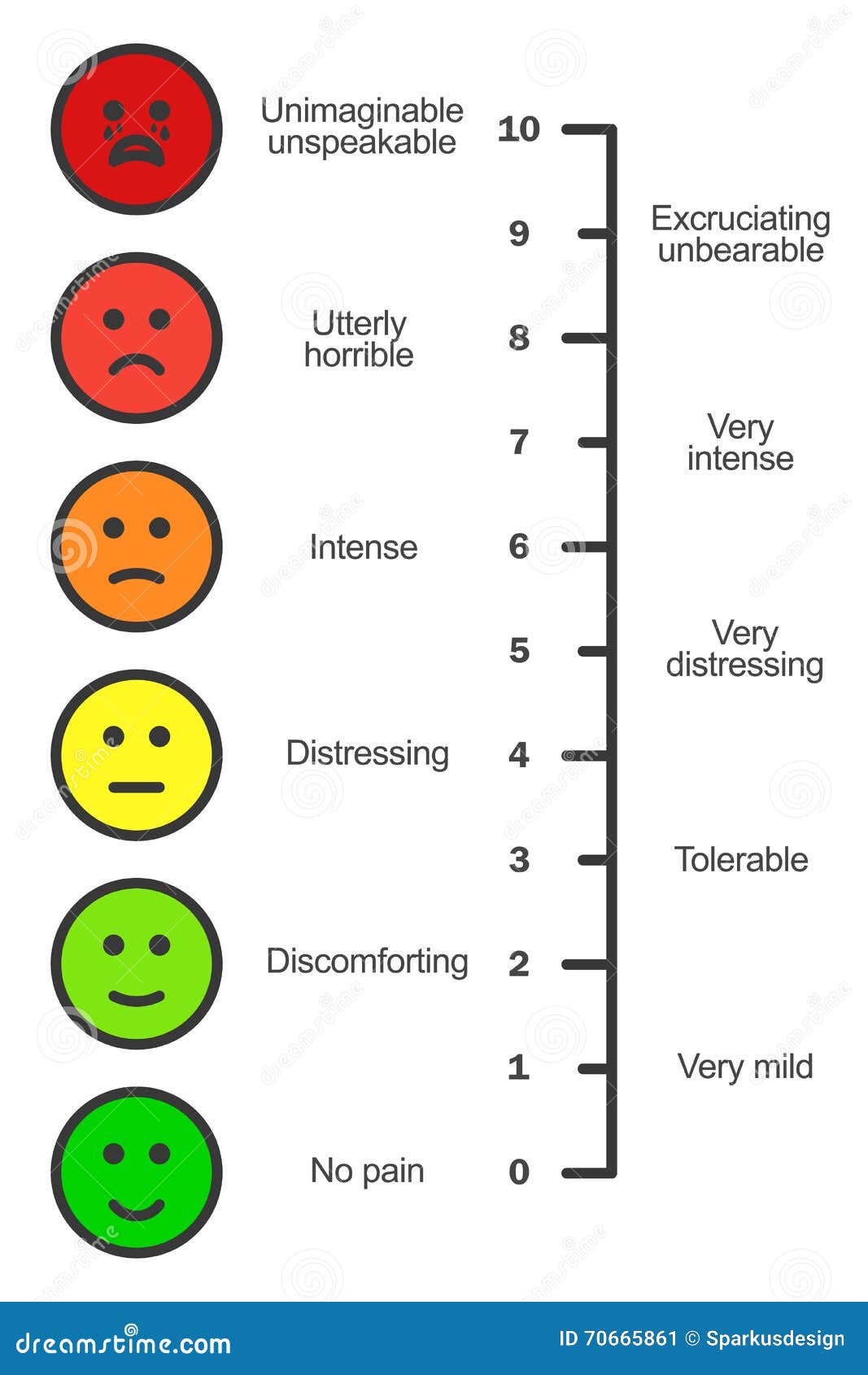
Stubborn small kidney stones may require shock wave therapy, called lithotripsy, to break them up. Once a kidney stone is confirmed, treatment with IV fluid and medication that relaxes the muscles in your ureter helps the stone – and the pain – to pass. Nausea, vomiting, fever and blood in the urine are common.ĭiagnosing a kidney stone typically requires imaging tests and/or a urinalysis.

Usually made of calcium, these hard pellets block the flow of urine, making the kidney swell and causing waves of sharp pain at the mid-back, abdomen or sides and for men, pain at the end of their penis. Trying to pass a kidney stone stuck in the urinary tract can bring people to their knees and straight to the emergency room. Picture trying to shove a pebble through a straw: Kidney stones are hard stones or crystals that form in the kidneys and typically cause severe pain or spasms while trying to move down the urinary tract from the kidney to the bladder through the thin attached tube, called the ureter.

If you've ever suffered from a kidney stone, you know why it ranks high on the pain scale.


 0 kommentar(er)
0 kommentar(er)
